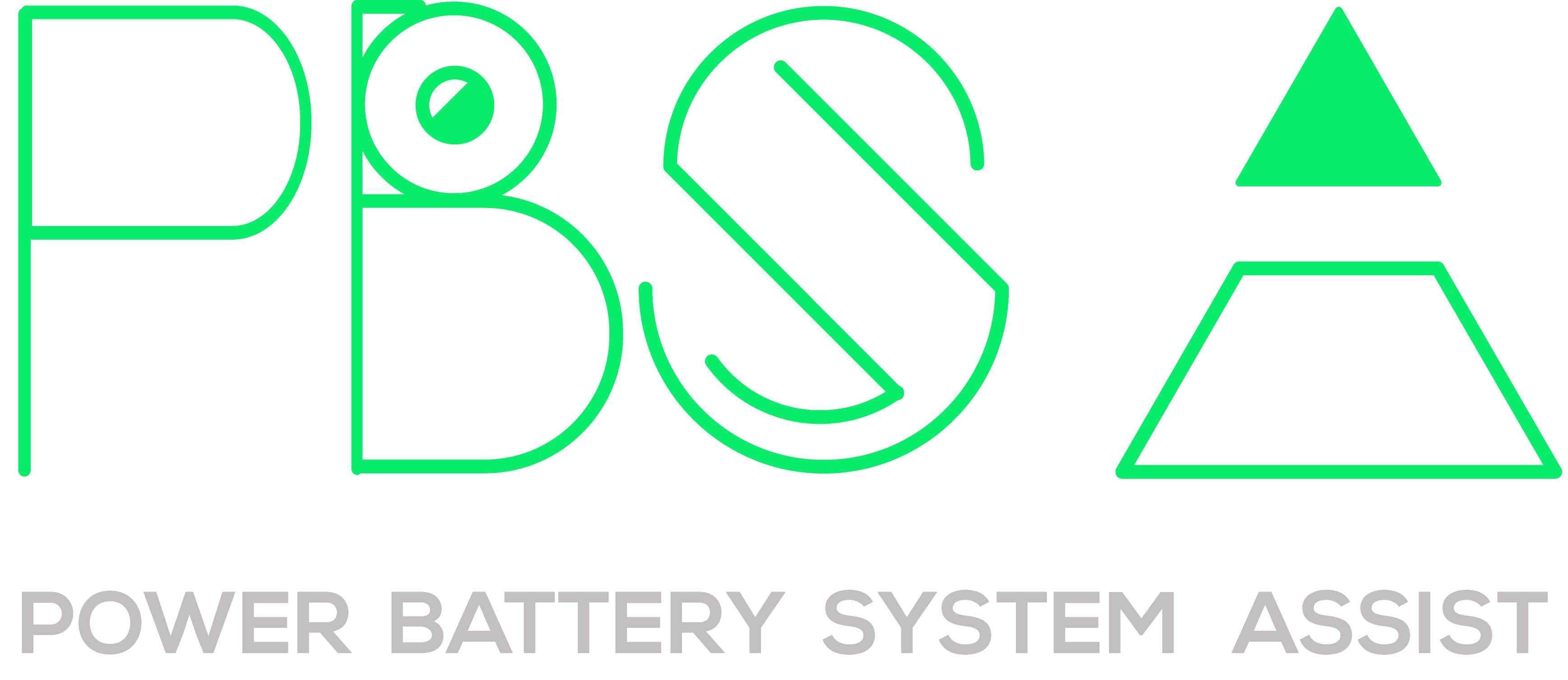PBS-A device applications
Any object, device or appliance containing a battery may incorporate a PBS-A system or have its battery replaced by this system. There are plenty of applications in which this combination improves the efficiency of the battery, offering all its benefits and adapting to each particular case.
General characteristics
The PBS-A device has many unique features that allow it to perform its functions properly and are common to all sectors. Specified here are the most general characteristics, and in each application, the more exclusive features of this particular sector are further elaborated.
- Hybridization: Our hardware has a set of supercondensers that is hybridized through its control and power electronics, with any energy source (batteries, alternators...) at its disposal. Thanks to this hybridization, there is an energy storage and supply system that is effectively managed by the device, taking into account the particular properties of each energy source. So, the PBS-A device is able to optimize the performance of the entire system.
- Plug & Play: The installation of the PBS-A system is simple: with only one connection parallel to the electric circuit of the vehicle, everything is within the PBS-A system. This eliminates the need for sensors, external cables or any other connection.
- System control: PBS-A is an intelligent system that continuously monitors the inputs and outputs of energy, voltage, amperage and other parameters, and is able to store and analyze more than a million data points per minute. In this way, it can manage energy more efficiently, reduce battery temperature, detect defects beforehand, and warn before a breakdown occurs.
- More useful life: The use of supercondensors reduces excessive battery requirement at times of high energy demand. This involves increasing battery life and reducing maintenance costs.
- Reduces the carbon footprint: The useful life of the chemical side is greater due to the PBS-A device's energy management and transfer system. It works by reducing, as far as possible, oxidation and sulfation in batteries, because they don't have to transfer large peaks of intensity, working at lower temperatures. This reduces the carbon footprint.
- Early defect detection: Anomalies prior to failure in the vehicle's electronic and electrical systems are detected and accounted for. Continuous monitoring of these vehicle parameters and internal tests allow preventive maintenance prior to a breakdown.
- Safety: It avoids sudden battery failure. Even if the factory battery fails, the PBS-A device keeps the vehicle's electrical and electronic systems running, adding additional energy time on all types of vehicles. It automatically interrupts the current to the battery terminals, with the PBS-A system installed in the event of an accident.
- Parameters and consumption detection: PBS-A system may incorporate a Bus CAN to obtain accurate parameters of vehicle consumption and interpret the parameters of the vehicle's electrical and electronic systems (lights, sirens, radio...) according to each situation.
- Transparent: Thanks to its sophisticated electronics, the PBS-A device is invisible to the system. As for configured electronics, it's as if it did not exist because it doesn't change its functioning.
- Universal: It offers the same software that can be adapted to any other device with a single program.
Aplication sectors
The most appropriate sectors are defined for the integration of the PBS-A system into products, as well as others that may allow all the benefits and advantages described.
PBS-A system applied to combustion engines
The PBS-A system was created to solve the problems in mass production of batteries in vehicles, so any type of car can use it. The car´s size, compact. sedan, SUV, crossover, or 4×4, doesn´t matter. The same goes for motorcycles or mopeds, quads, vans, trucks and articulate lorries. The following specific advantages are offered:
- Run-Flat: The PBS-A device guarantees the start of the vehicle even if there is no power source. Without external assistance and in a few minutes, the vehicle starts and can continue to operate, allowing the passenger to reach its destination.
- Improved temperature range: The PBS-A system supplies power peaks without damaging the chemical battery, thereby reducing the battery's operating temperature. This effect increases the battery's lifespan, reducing its maintenance and its associated costs.
- Increase the available power over a longer period of time: As it is a hybrid system, the PBS-A is capable of managing and delivering energy in a more intelligent and efficient way because it uses the storage part that contains electronics (supercondensors) to deliver the power required at times of high demand. The PBS-A system, doesn´t only provide power peaks, but is also capable of managing all energy outputs and inputs. As the power peak is not delivered by the battery, it maintains a lower temperature range.





PBS-A system applied to hybrid and electric vehicles
At present, vehicle production is moving towards a clear medium-term target: ZERO EMISSIONS mobility.
Many manufacturers produce models with these characteristics that are more environmentally friendly. The PBS-A system can be incorporated in the traction batteries of these vehicles, as it could be in conventional automotive. PBS-A Labs already has devices applicable to these types of vehicles, with some fully functional prototypes, both in hybrid and electric vehicles. The results at the energy level are excellent and PBS-A devices have shown a high level of reliability. They improve the efficiency, duration and power of the conventional battery, achieving faster charging, among other advantages.
A number of projects have been carried out in collaboration with various engineering departments, adapting the design to the needs of each manufacturer. It offers important advantages, such as:
- Increase the available power over a longer period of time: PBS-A system not only provides energy peaks but is able to manage all output and inputs of energy. By not delivering the power peak, the battery maintains a smaller temperature range, which allows it to provide more acceleration without heating the battery, thus increasing the power over a longer period of time. Hybridizing the PBS-A device with a chemical energy source such as lithium means improving the use of power at extreme temperatures.
- Maximum power increase: In collaboration with the manufacturer and being able to use the same or lower traction battery, the maximum power of a vehicle could be increased without damage to the battery and extending its useful life.
- Use of the regenerative brake: PBS-A systemit can accumulate more energy than that generated, thanks to the use of the regenerative brake. This is due to the supercapacitor module, which is capable of charging much faster than a chemical battery. Thus, the hybrid system can regenerate more energy in less time.
- Improved autonomy: Considering the advantages of the regenerator brake and the use of supercondensors to reduce overdemand of the chemical battery at times of high demand, the temperature of the chemical battery decreases, increasing its useful life and achieving greater autonomy for the vehicle. This occurs because a new energy source has been introduced that allows more storage and better use of energy, which ensures a longer run after a charge.

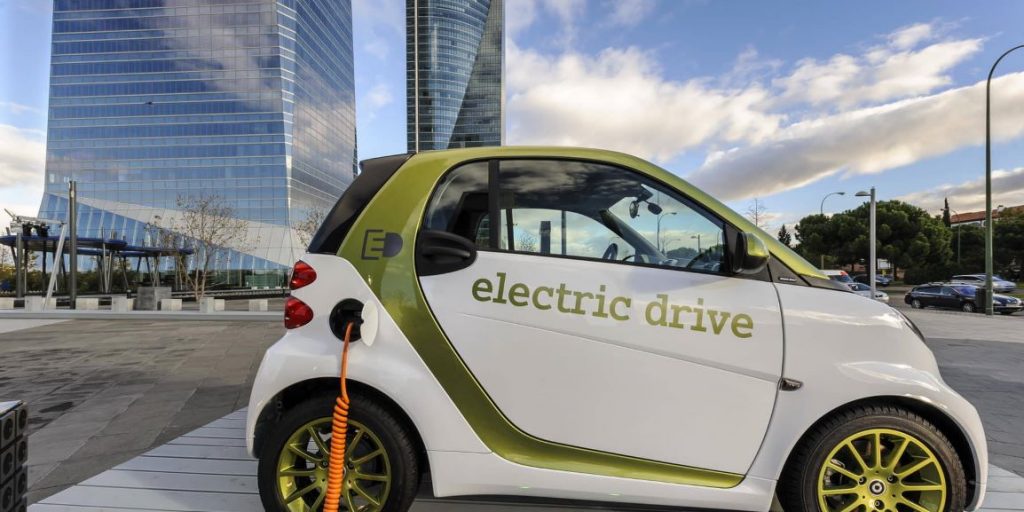
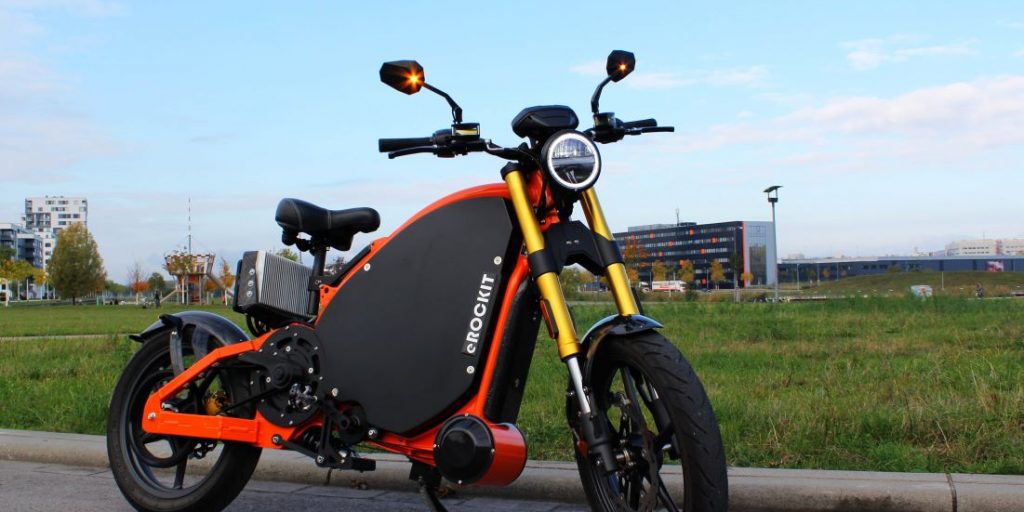
PBS-A system applied to hydrogen vehicles
To improve the performance of hydrogen vehicles, PBS-A Labs introduces a device that hybridise with the vehicle's battery, providing great benefits that end the limitations of this technology.
Vehicles with hydrogen batteries do not have the right dynamics, that is, energy demand and supply are not immediately carried out. Its power surges are smaller than those of other technologies, such as combustion engines or hybrids. For all these reasons, the PBS-A system is combined with hydrogen batteries to reduce power supply time, while increasing the maximum power given.
Another advantage of this combination is the advantage of the regenerative brake. Since hydrogen batteries cannot be charged on their own, the PBS-A system makes better use of regeneration and charges itself with that energy.
- General improvements: As detailed above, hybridization has a positive impact on the operation of vehicles with this technology. It provides more autonomy, better response time to energy demands, higher energy peaks, efficient use of the regenerative brake and increased battery life.
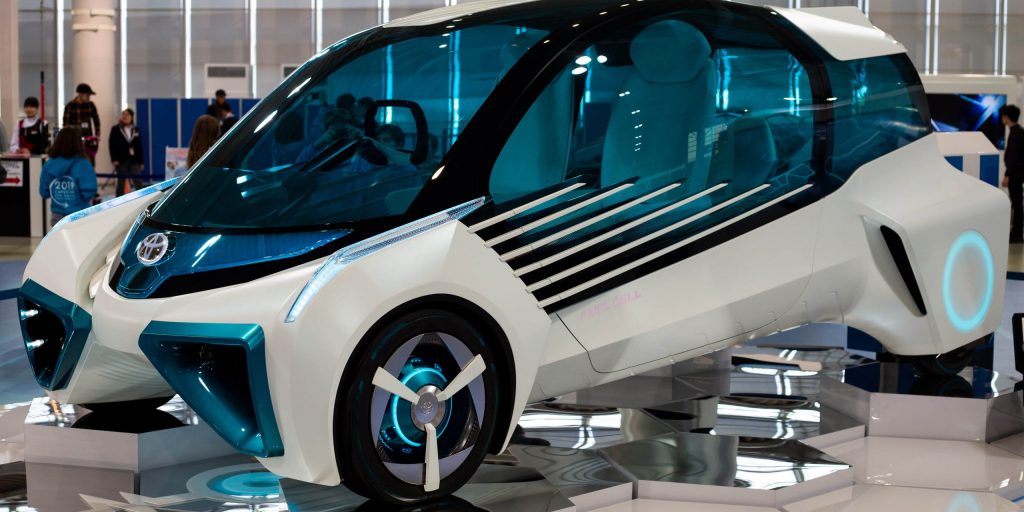
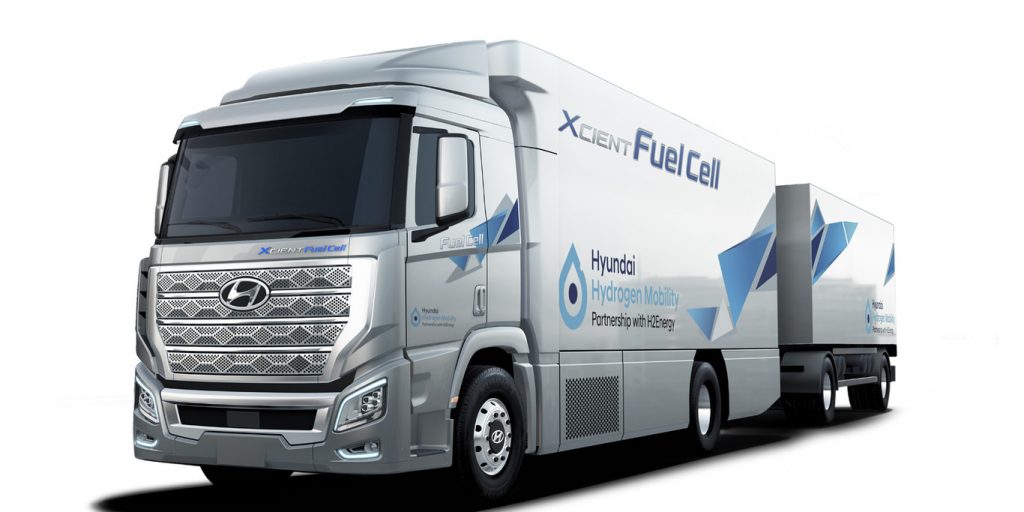
PBS-A system applied to driverless vehicles
The PBS-A device can be integrated into propulsion systems for all types of driverless vehicles. As the sector is in full growth, the analysis of this combination would bring significant benefits and advantages, which would improve the capabillities of these vehicles. These include:
- Lightness: The PBS is a light and small system, perfect for driverless vehicles with conventional batteries. Its instalation would expand the usable space, which in some cases is crucial and could serve to introduce other devices with different functionalities. In other cases, it can help optimize the overall dimensions of the vehicle.
- Intelligence: Since many driverless vehicles are completely autonomous and do not require continuous human supervision, the PBS-A system would automatically improve the control, management and transfer of energy in the vehicle.
- Failure immunity: In unmanned vehicles, it is essential to ensure proper operation. Failure in full flight or navigation can produce catastrophic results for the vehicle. Therefore, the PBS-A device guarantees the operation of the vehicle's electrical and electronic systems, at least until the vehicle could be stopped safely and unharmed, and could be repaired without incident. It manages the data and parameters of these systems, being able to detect and report defects or anomalies before they alter the correct performance of the vehicle.



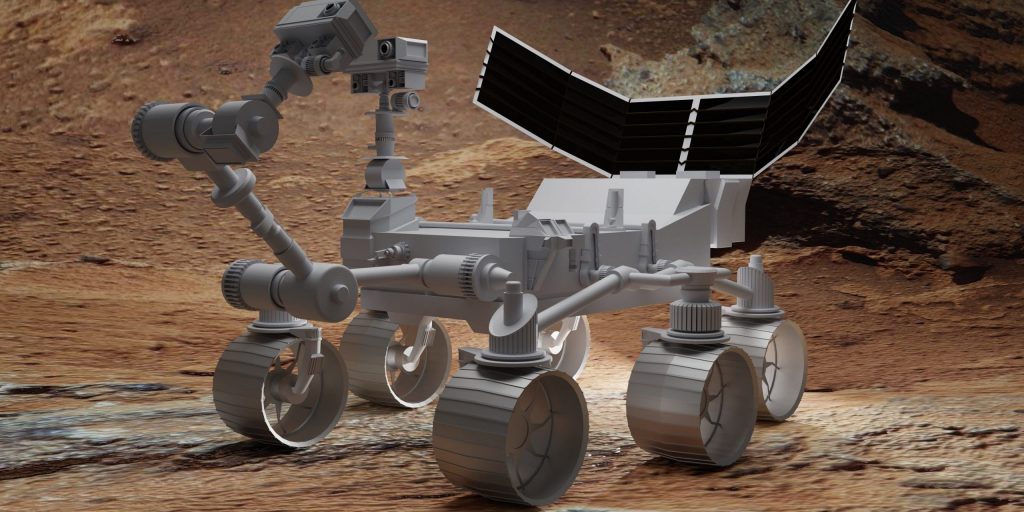
PBS-A system applied to the solar sector
PBS-A Labs, together with a solar company, has designed an autonomous device that supplies and manages the energy of self-powered solar trackers distributed across much of the globe. This tracker will work without consuming external energy, as it comes from the solar panels themselves.
At present, the installation of global solar trackers is continuing to develop and is expanding to many countries. Solar trackers often feed on a chemical battery, but the climate zone in which they are installed must be taken into account, as their performance may vary greatly. Extreme temperatures (both cold and hot) alter the optimal performance of the battery, and most are subjected to sulfation and oxidation. As noted above, improving the range of extreme temperatures in the PBS-A system solves problems in facilities built or under construction in countries with extreme weather conditions. For example, a solar plant in China could withstand temperatures of -25ºC, and another plant built in a desert would reach 50ºC. If the trackers in these facilities were to have a PBS-A system, a hybrid energy system would be achieved that would extend the lifespan of the batteries, being able to supply the peaks of intensity and avoiding the excessive demand. That's why the PBS-A system ensures up to 10 years of operation in the worst case.
Depending on the desired autonomy for the solar tracker the plant builder may add one type of battery or another, since in this case the hybridization to the chemical battery is external. This will enable the installer to purchase the requested battery in situ, thereby significantly reducing maintenance and subsequent costs associated with it. In cases where less autonomy is required, the PBS-A system has the capacity to operate without battery, taking energy from the solar panel itself.
The entire system will be on sale by the end of the year and about 200,000 units per yearwill be sold directly to solar trackers manufacturers. The result is a cheaper, smaller, stronger, more sustainable system that can be embedded in any solar tractor in the world, regardless of geographical location or climatology.
- Reduces the carbon footprint: The useful life of the chemical side is greater due to the management system and the transfer of energy that the PBS-A device makes. The way it works reduces, as far as possible, oxidation and sulfation in batteries, because they don't have to transfer large peaks of intensity, and they can work at lower temperatures. This reduces the carbon footprint and can reduce the dimensions of the chemical battery.
- Less maintenance, less cost: Maintenance is simplified as battery life is extended and can be replaced by the facility operator himself. You don't have to send the whole device to the factory to open it, change the battery and send it back.
- Increased working temperature range: It allows to incorpórate the system anywhere in the world without worrying about climatology, unlike a conventional battery whose use is restricted to more limited temperatures.
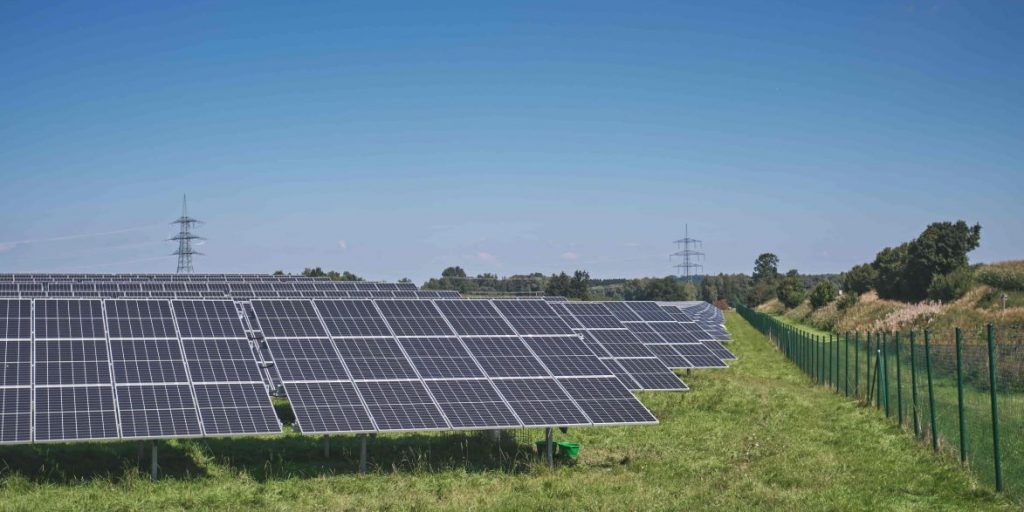
Others sectors of application
As explained above, any energy system can be controlled and managed through the PBS-A device. Other significant sectors with a very useful PBS-A system are:
It can perform particular functions in armoured vans, military trucks, humes, ambulances, fire trucks, law enforcement vehicles, etc.
Available for forklift trucks, generators, power generators, automated machinery, etc.
From motorboats, sailboats or other types of vessels to cargo ships. Also for energy management in cranes or port machinery.
It can be incorporated in airplanes, light aircrafts and helicopters.
It provides great benefits in tractors, harvesters, harvesting machines, etc.
Possible installation in heavy machinery such as loaders, backhoe loaders, dumpers, etc. Also in power backup equipment.
Such as trains, trucks, buses, cabs, etc.
The device can help them in the ecological transition, as well as in reducing the use of lead acid and the polluting waste produced.
Provide or store energy in electrical networks to comply with voltage dip regulations.
Cell phone towers always have a power backup and may even be powered directly by a power line. If the elements fail and the battery is not in good condition at that moment, it would leave the tower without service. With the PBS-A system, even if the battery is defective or unusable, service can continue until the failure can be repaired.
Improved efficiency and energy transfer.
Other advantages it offers are these:
- Safety: It avoids sudden battery failure. Even if the factory battery fails, the PBS-A device keeps the vehicle's electrical and electronic systems running, adding additional energy time on all types of vehicles. It automatically interrupts the current to the battery terminals, with the PBS-A system installed in the event of an accident.
- Parameters and consumption detection: PBS-A system may incorporate a Bus CAN to obtain accurate parameters of vehicle consumption and interpret the parameters of the vehicle's electrical and electronic systems (lights, sirens, radio...) according to each situation.
- Early defect detection: Anomalies prior to failure in the vehicle's electronic and electrical systems are detected and accounted for. Continuous monitoring of these vehicle parameters and internal tests allow preventive maintenance prior to a breakdown.






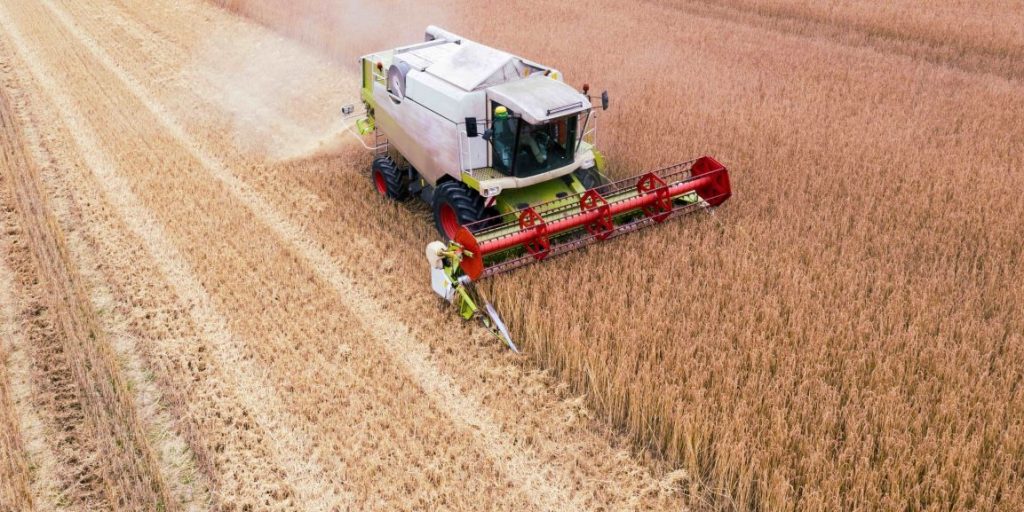
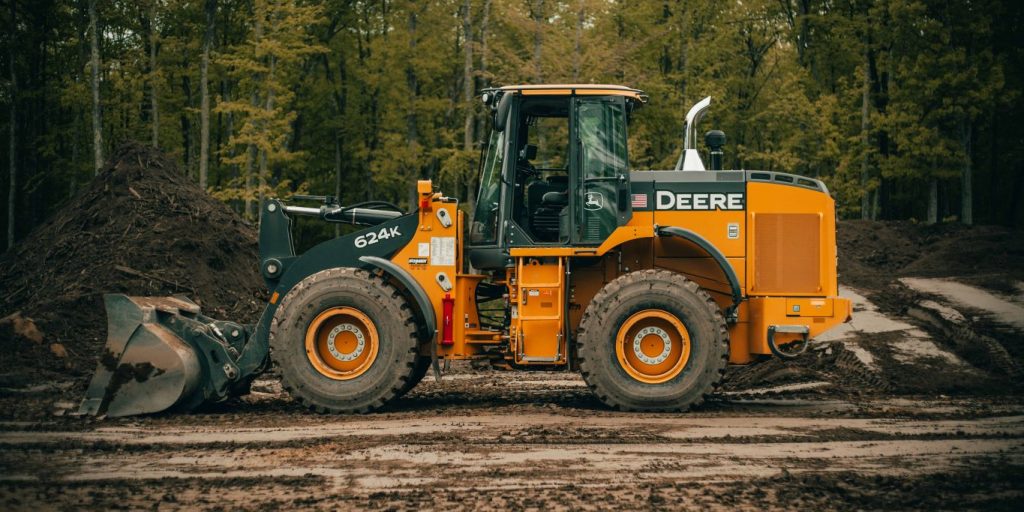


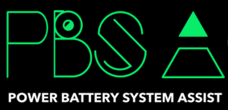
2023 PBS-A Labs ©
Hybridization of energy systems

2023 PBS-A Labs ©
Hybridization of energy systems
